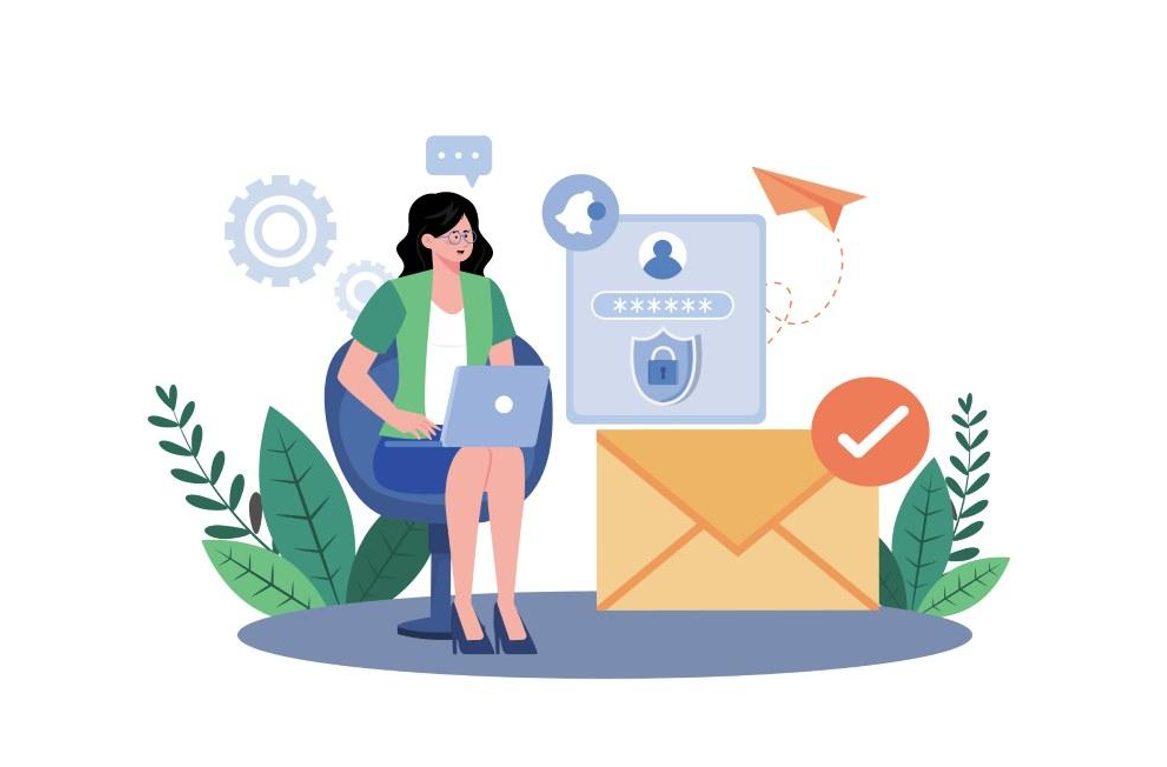Businesses now rely so much on mobile apps for customer service, internal communication, and more. But along with increasing mobile use comes the threat of cyberattacks. mobile threat defense is no longer an optional technical necessity but a real requirement. It protects against data loss, app misuse, and other emerging mobile threats. Knowing how to do this and why is essential for any company operating in the digital world.

- Why App Security Can’t Be Ignored Anymore: Most businesses use simple security for their mobile apps. But, as the attackers become more intelligent, and the attacking tools are more sophisticated than ever before, there is no room for their security to be half-hearted. Without powerful protection, small vulnerabilities can result in enormous data leakage. Confidential company information, user information, and sensitive files can be all stolen if an application is not properly protected. In the mobile app universe, one single mistake can ruin the trust of an entire brand.
- The Hidden Dangers in Mobile Apps: Mobile threats are usually silent and subtle. Some apps might appear harmless but have embedded code that steals data from users. Others might monitor user activity or follow along without warning. These risks can also result from unofficial stores or rooted and jailbroken devices. Enterprises should realize that threats are not necessarily conventional viruses. Today’s threats tend to arrive veiled in plain sight, so mobile threat defense is a crucial component.
- How App Threats Impact Business Operations: Mobile apps are now directly connected to the daily operations of a business. If an app crashes or is hacked, business processes can grind to a halt. This can cause financial loss, lost deadlines, or trust issues with customers. Mobile app threats are not only about the software—they’re about the security of the business as a whole. A single compromised app can provide entry to internal systems, emails, and even payment information. That’s why each app needs to be safeguarded.
- Enterprise Apps Are Top Targets: Attackers understand that enterprise apps contain valuable information. Therefore, the apps are usually targeted first. Be it employee data, client agreements, or business secrets, the information contained in mobile apps is a prized catch. Cybercriminals employ imposter apps, phishing, or insecure networks to gain entry. Having identified a weakness, they can exploit the same to probe deeper into a firm’s system. This renders enterprise mobile apps one of the most vital things to safeguard.
- The Role of Secure App Design: The security of an app begins from the design phase. Most businesses do the wrong thing and incorporate security only at the end. But actual security starts the moment the app is conceived. Safety has to be considered by developers when they write code, process user information, and define permissions. This upfront attention minimizes risks down the line. Mobile threat defense solutions can then provide an additional layer, making the app even more resilient to penetration.
- Why One-Time Security Checks are Not Sufficient: Mobile threats continuously evolve, and new threats emerge every month. Scanning once cannot shield an app from what will happen next month. Enterprises require continuous security scans, timely threat intelligence, and mechanisms that can react to fresh threats immediately. That’s why mobile threat defense has been viewed as a service that runs continuously and is not an isolated activity. It continuously monitors the app, so nothing can escape.
- The Significance of Employee Awareness in App Security: Even the most effective app security measures won’t work if workers are inattentive. Most attacks begin when one clicks a malicious link or installs a suspicious app. Enterprises need to educate workers to identify warning signs. They should learn to refrain from sharing information through unsafe apps or connecting to untrusted Wi-Fi networks. Security culture combined with mobile threat defense tools develops a more effective shield for business apps.
- Cloud Apps and the Threat of Data Leaks: Most business apps today operate via the cloud. Powerful as they are, cloud services introduce new threats. If an app lacks proper security, this data can seep or be stolen along the way. Cloud apps tend to share permissions with other apps, increasing their vulnerability. Mobile threat defense assists in tracking this traffic and blocking anything that appears unsafe, even in cloud environments.
- App Store Risks and Unwanted Permissions: Certain mobile applications request permissions they do not need. For instance, a flash app should not request access to your contacts or location. Yet several such apps do it, and users automatically grant permission without giving a thought. In a professional environment, these apps can monitor employee activity or steal work information. Enterprises need to utilize tools that scan for these problems prior to installing apps. App stores are not necessarily secure, and mobile threat defense serves as an extra filter.
- How Attackers Trick Apps Using Fake Certificates: Some attackers employ fake security certificates to deceive mobile apps. The certificates are designed to indicate that a connection is secure. However, spurious ones will be able to deceive apps into submitting data to an incorrect destination. This is particularly dangerous when encryption is applied to submit private data. Organizations need to employ mobile threat defense solutions that can identify such deceptions. Otherwise, an app will not realize it is communicating with an imposter system.
- What the Future of Mobile App Safety Looks Like: Mobile threats are not disappearing. They’re actually becoming more sophisticated. Apps in the future will require even more intelligent methods of detecting peril. Technologies such as AI and machine learning are beginning to do the trick, but human verification is still necessary. Mobile threat defense will continue to expand, and businesses need to be current to remain secure. Lagging on security will only bring trouble. Remaining ahead is the only true remedy.
Conclusion
Mobile app security is no longer an added advantage but a minimum necessity. With more work being shifted to mobile platforms by businesses, threats are now serious enough that they cannot be ignored. From risky apps to intelligent cyberattacks, the risks exist and are increasing. With the help of tools such as doverunner and creating an explicit strategy for mobile threat defense, companies can safeguard their most precious digital assets. Enterprises that do so today will be safer tomorrow.








